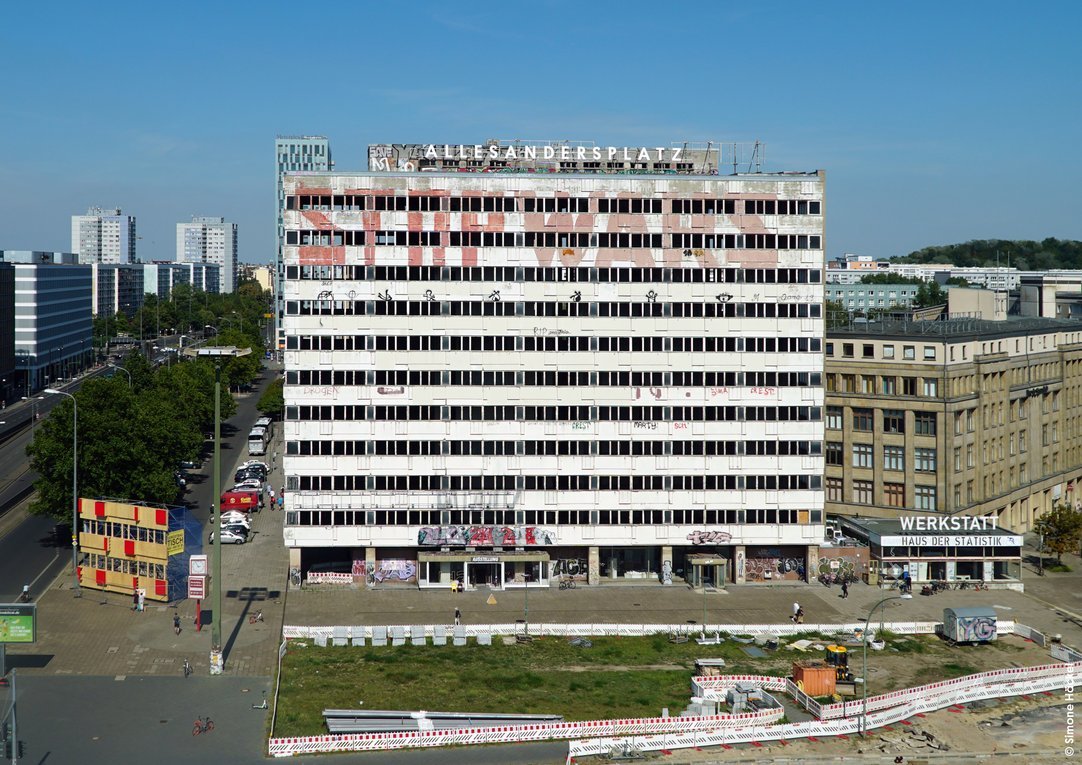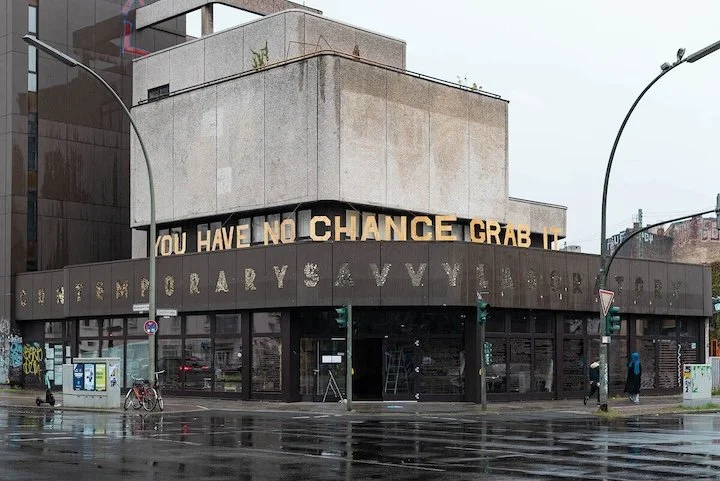Art in public spaces
Within this research domain, we delve into the diverse ways individual characteristics influence engagement with public artworks within urban landscapes. Guided by HUB and conducted in collaboration with partners such as UNIVIE, UvA, AAU, and IFNU, our investigations are centered on art spanning from street-level galleries to conceptual installations.
Utilizing an array of methodologies, our research endeavours are dedicated to unraveling how urban residents interact with art in their daily lives. This exploration places particular emphasis on demographic factors, personality traits, and emotional responses, contributing to a deeper understanding of the complex interplay between people and their urban surroundings.
Contributions to a general map of art experiences
Building upon our previous work, where we investigated art experiences in museum and institutional settings, our current efforts concentrate on exploring public art within urban environments, specifically in Berlin and Vienna.
Utilizing the NEAL questionnaire (Notable Emotions and Appraisals Lists: Base Survey with Emotions and Appraisal Lists), akin to our methodologies used in museum settings, participants are asked to provide insights into their unique emotional responses and experiences, encompassing 90 emotional or phenomenal factors.
Our selection of urban art encompasses various forms, including street-level open galleries such as the 'Magical Hackerism' at SAVVY Contemporary in Berlin's Wedding district, conceptual installations like the 'Allesandersplatz' in front of Haus der Statistik in Alexanderplatz, Berlin, and murals commissioned throughout Vienna by the arts collective Calle Libre.
In addition to examining emotional responses, we introduced nine additional questions focusing on the utilization of public spaces for artworks, aiming to understand their transformative impact and their reflection on neighborhoods and historical contexts.
Key factors under investigation include demographics (gender, age, nationality), art interest and engagement, aesthetic responsiveness, political orientation, personality traits, and human values.
Preliminary analysis of our data reveals basic descriptive findings regarding the demographics and art engagement of participants across the different urban art settings, offering a foundational understanding of who engages with public art in these contexts.
App-based approach on urban experiences, including public artworks
As part of our research endeavors, we track people throughout the city to assess their responses to aesthetic stimuli in everyday life, architecture, and urban landmarks. Led by IFNU and supported by HUB, AAU, and FDU, this project employs a smartphone application called "Urban Mind" for data collection. The app prompts users to provide feedback on their surroundings and momentary mental well-being, with all data collected and submitted freely by consenting users.
Assessment Design:
Participants were recruited from August 2022 in Berlin, with data collection ongoing until October 2023. The Urban Mind app scheduled 21 ecological momentary assessments over seven days, capturing participants' perceptions of their natural, built, and social environment, as well as their momentary mental well-being. The app is available in five languages, including English, German, Arabic, Russian, and Turkish.
Main Included Factors:
Individual-Level Variables: Age, sex, gender, nationality, education, income, and duration of residency in Germany.
Loneliness Variable: Utilizing the UCLA Loneliness Scale to assess feelings of companionship, being left out, and isolation.
Personality Traits: Measured using the Big Five Inventory–2.
Ecological Momentary Assessment (EMA) Questions: Assessing well-being, loneliness, environmental factors, personal space, weather, greenery, safety, aesthetics, interestingness, and presence of art.
Descriptive Results:
A total of 1,318 participants' survey data points were considered. Demographic characteristics, personality traits, and mental well-being scores are being analyzed, with preliminary findings indicating a potential relationship between emotional stability and higher mental well-being scores.
Data collection is ongoing, with further analysis yet to be conducted.


